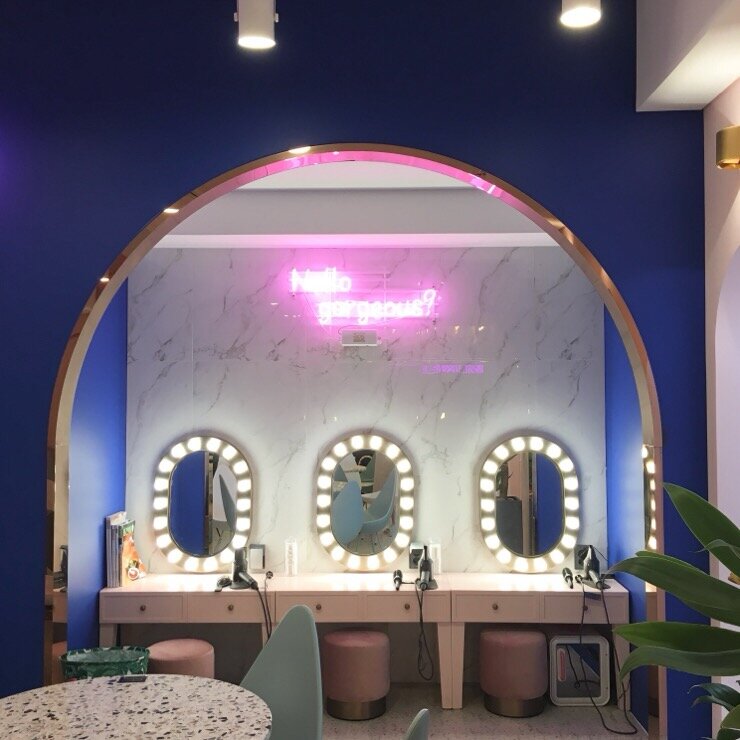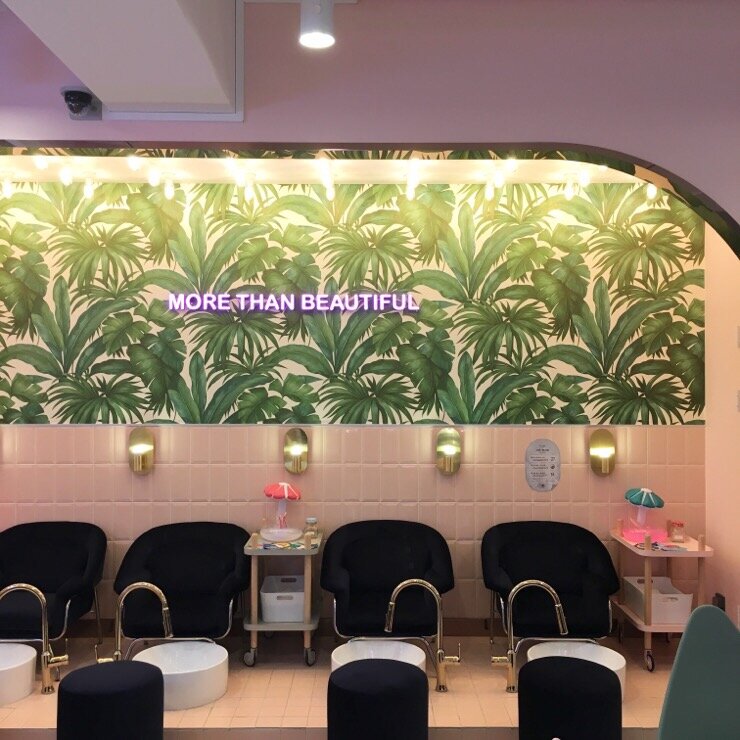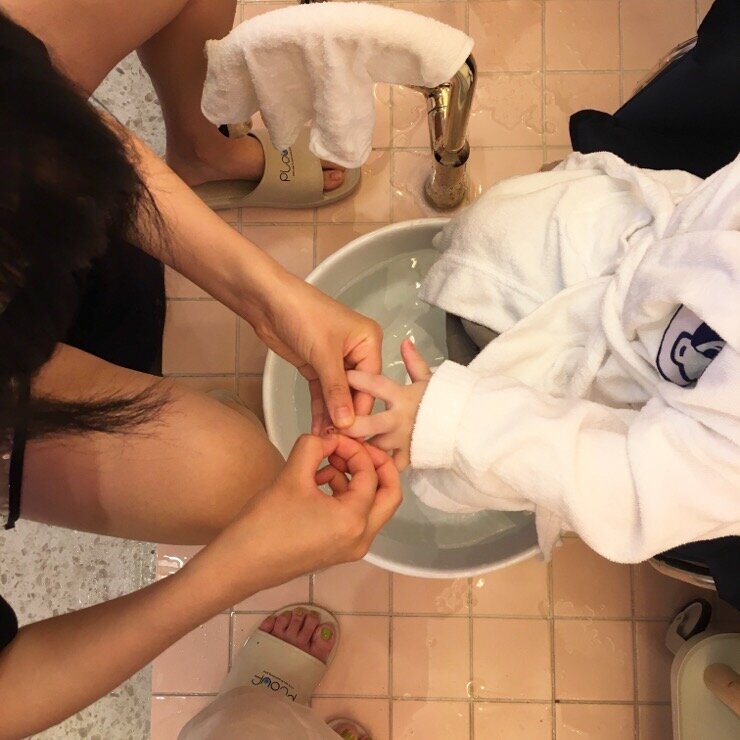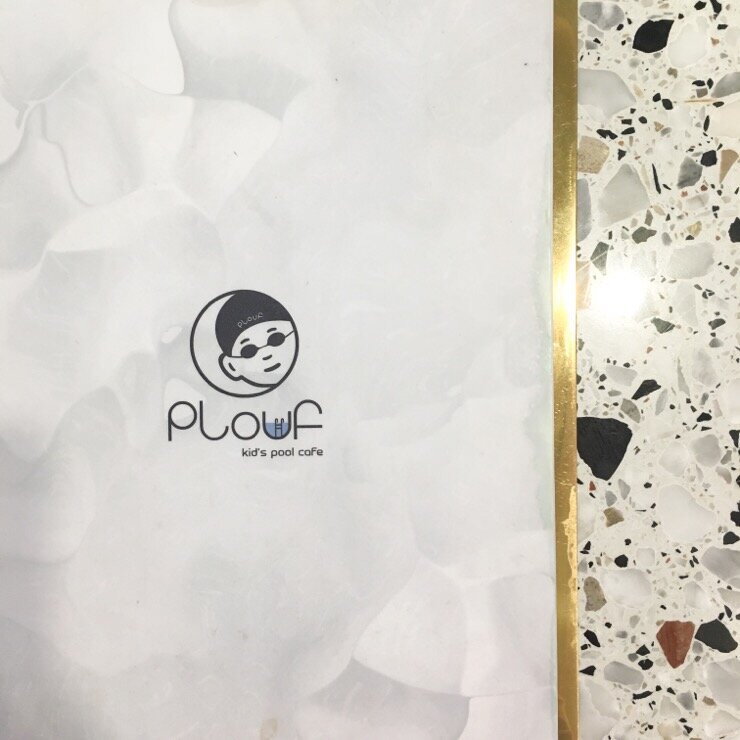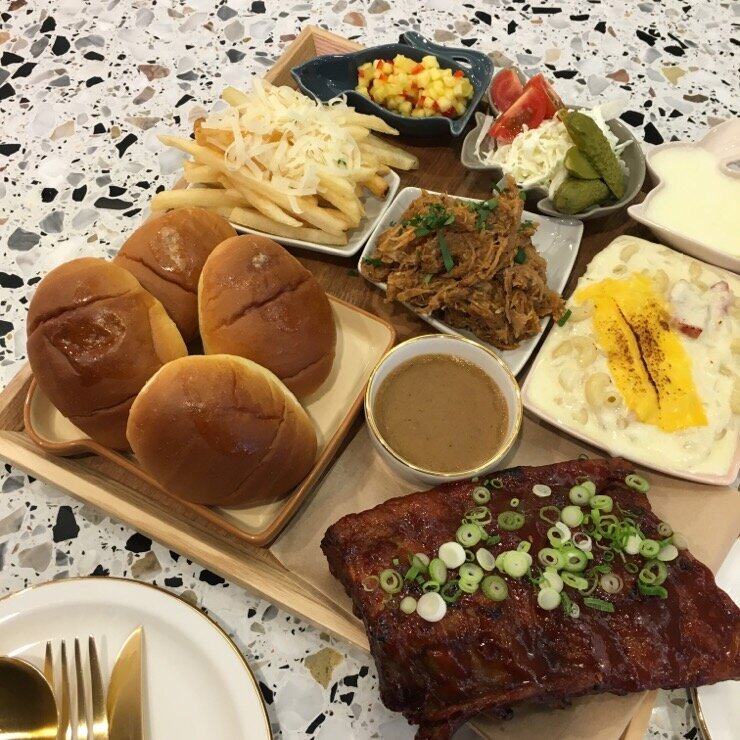Head Out for Playtime: Korean Kids Cafes
In other countries, parents take their kids to the park, the museum, the pool for playdates, however, in South Korea parents often take their kids to “kids cafes.” These cafes are created with the littlest humans in mind. They range in size, theme, and price. The best part is that often these places have staff that takes care of the kids while parents are able to enjoy a nice meal.
Types of Kids Cafes
There are several types of kids cafes but they tend to fall into three categories: chain cafes, premium cafes and specialty cafes. Each cafe has its own different way of functioning but all serve the same purpose: a place to give both kids and parents a break. Most cafes have a fee per hour, per child, and an entrance fee for an adult. Some are more affordable while others are considerably more expensive. The one thing these all share is that you cannot enter a kids cafe without having a child.
Chain Cafes
A chain kids cafe is one that can be found all over Korea. One of the more well-known chain cafes is Tayo Kids Cafe. For those who don’t know, Tayo is the name of an animated bus in a popular kids’ television show in South Korea. These cafes are brightly lit and are covered in the characters from the show. Tayo cafes are more focused on younger children with rideable toys and simple play areas that are safe for them to climb around.
These tend to be a bit smaller than regular cafes as they are focused on the younger kids making it easier for parents to watch their children without having to follow them around. The menus at these cafes are pretty standard.
Everything on the menu is catered to a child’s palate and offers food that can be eaten without a parent's help. Food prices are also on the cheaper side as well with everything being between $1 and $12 dollars. Entrance fees also apply–it’s about $10 for children for two hours and adults pay $3.
Premium Cafes
While some specialty cafes may also fit into the chain category,these are not the type of cafes that you want to go to if you are trying to have a cheap day out; expect to spend walking into one of these places. Lilliput Kids Cafe is one of the more recognizable premium kids cafes in Korea. It is also a chain that can be located all over the country. What sets Liliput apart from other chain cafes like Tayo Kids Cafe is the facilities and the food.
The food at Lilliput is a scale above the rest, with more options that are suited to the adult palette. Menu items include leafy salads, seafood rice cakes with muscles and even decadent pasta dishes. The entry cost for Lilliput is a little higher than what you would pay at a normal chain store. Entry starts at $12 for weekdays and $14 on the weekends for children for two hours. Adults are free but they have to buy an entree and drink which ranges from $10-$18 dollars for an entree and $3-$7 for a drink.
Specialty Cafes
These cafes are where the big money is spent. There are a variety of types of these kids cafes; they often have a theme like baking, crafts or even beauty. One of the standout cafes is Plouf. Plouf is a kids swimming pool-themed cafe. It is a league above the rest. It’s located in the Cheongdam neighborhood in Seoul in close vicinity to a Lilliput cafe. The entry fee for children is around $45 dollars for two and a half hours and adults pay $15. The facilities inside the cafe resemble more of an upscale bar where adults would pay $25 for a cocktail. The cafe has several different swimming pool areas, a beauty bar, and even a place for your young one to get a manicure. This is taking playdates to a whole new level. Check out the facilities below.
The food looks like something you would order at a restaurant and is priced as such. A platter costs around $40 dollars to feed four people and features rolls, a half rack of ribs, pulled pork, mashed potatoes, mac and cheese, assorted vegetables and even gravy. An important thing to note is that this style of cafe tends to serve more western food, unlike the other cafes that typically serve Korean food–a point that sets these specialty kids cafes apart from the rest.
The Unfortunate Reason Kids Cafes are Necessary
In a country where space is extremely limited, kids need a space to roam free. Korean homes are built up and not outwards, meaning home is not a place for play. Outside play isn't always an option either as air quality can be dangerous at times for young children.
In a country that continues to surprise with new food experiences, what will they make next?



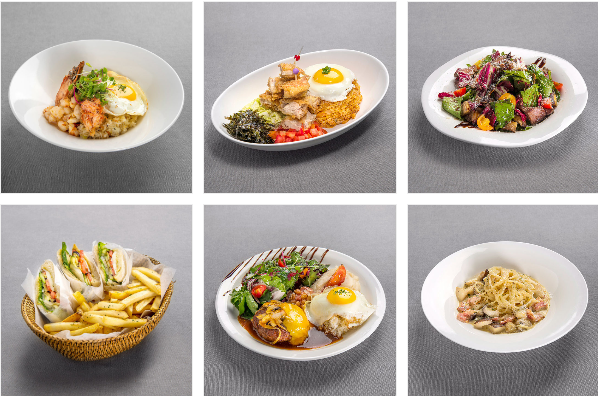


![food_KidsCafe_Img6].jpg](https://images.squarespace-cdn.com/content/v1/56eb012f27d4bd29de975fae/1581867126756-RLUYM5APVFT8HPC00GC0/food_KidsCafe_Img6%5D.jpg)
